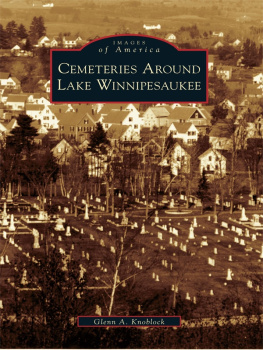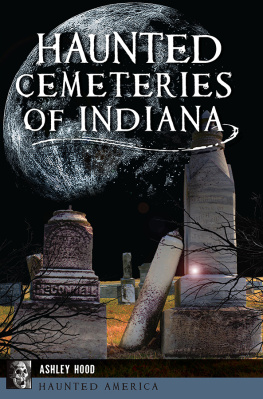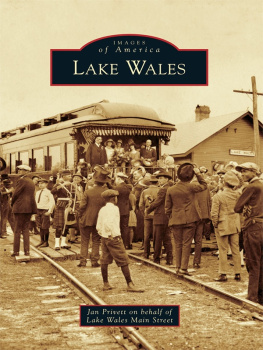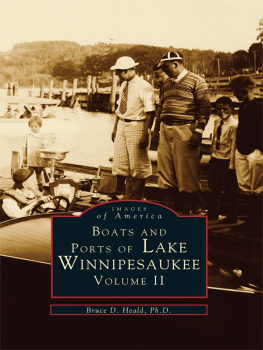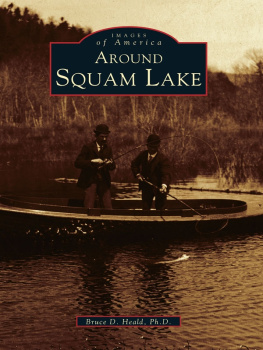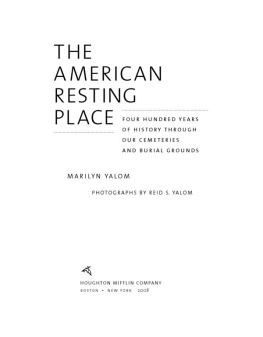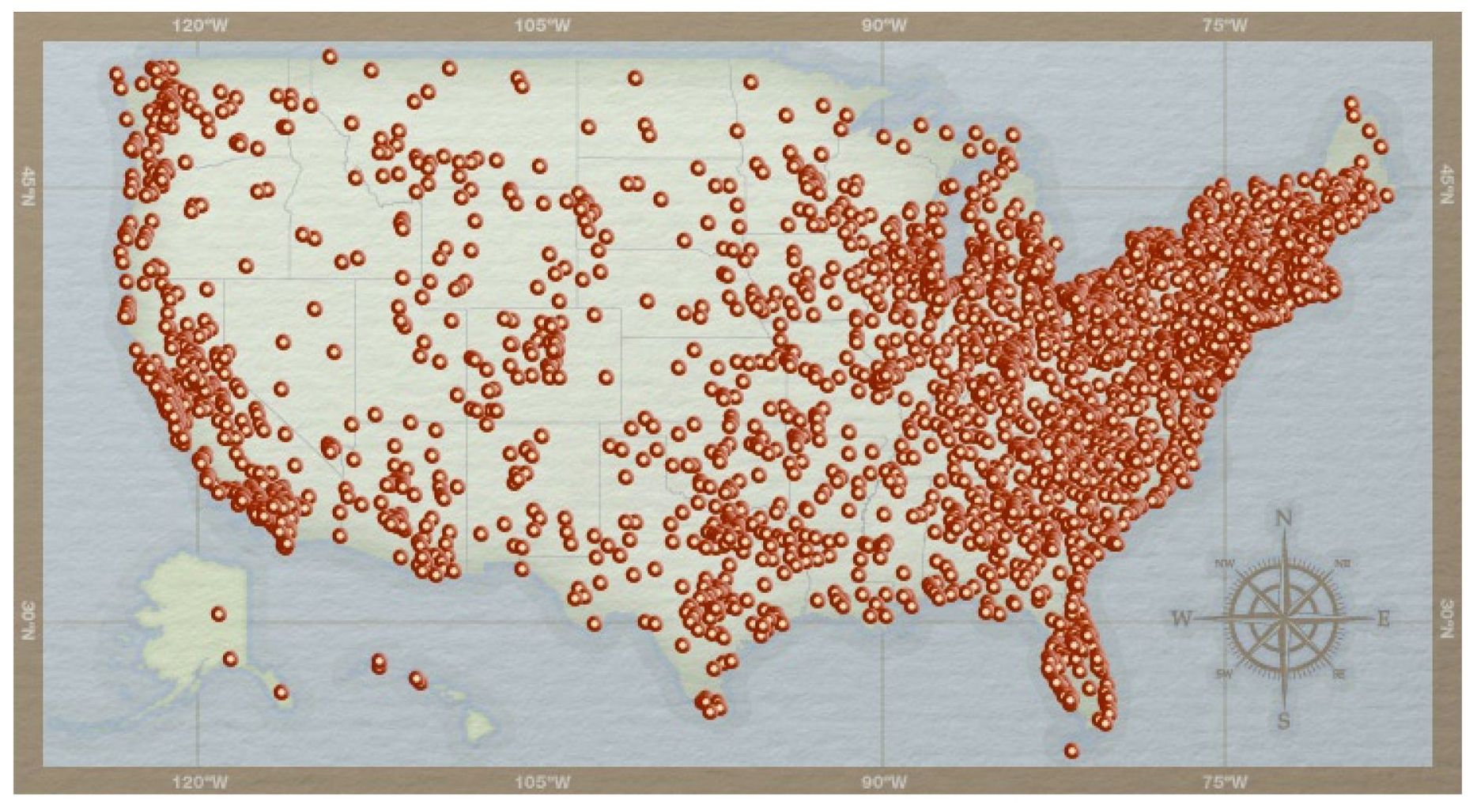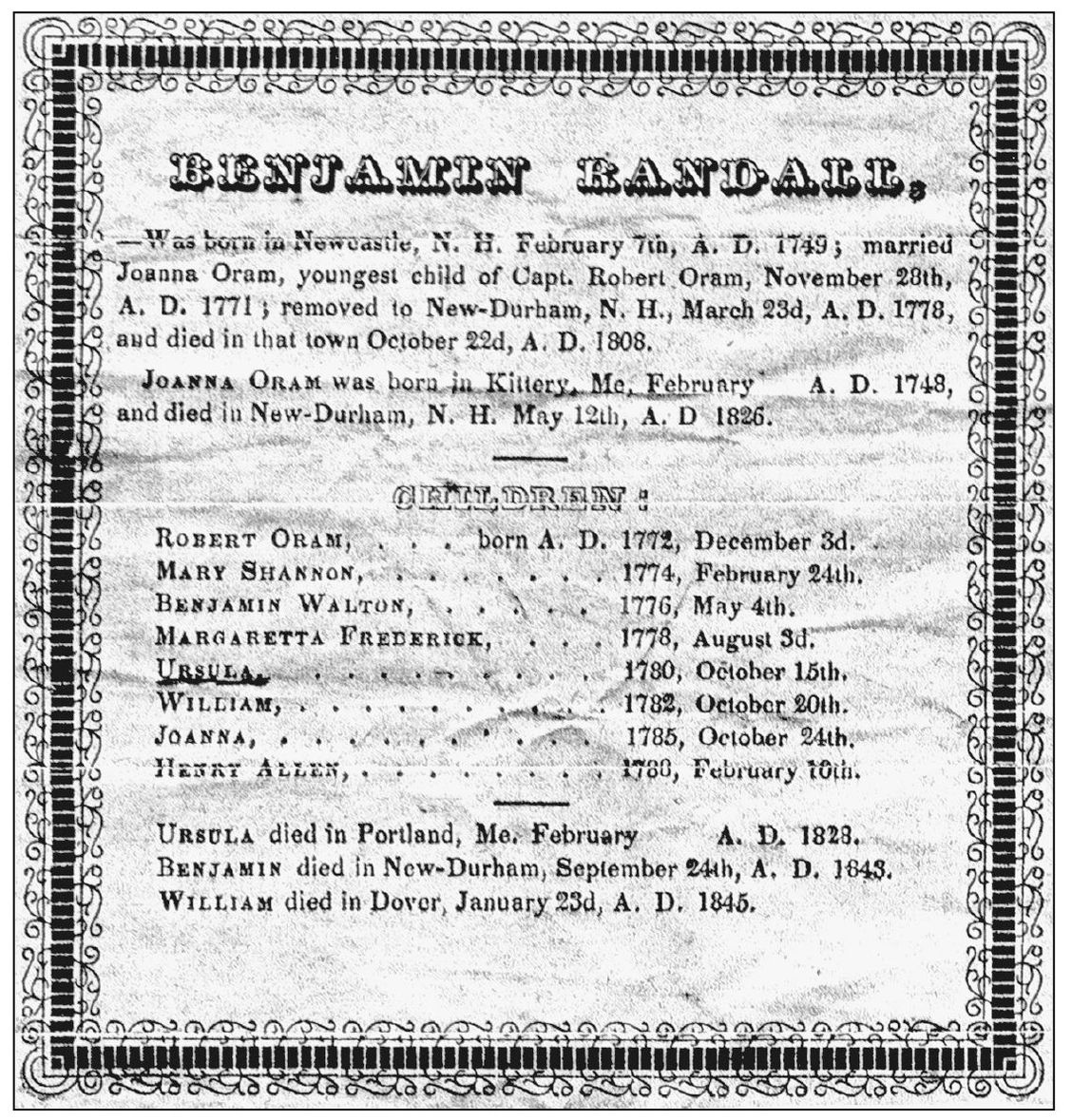ACKNOWLEDGMENTS
In researching cemeteries for this book, I have tried to stick as close to the lakes shore as possible and highlight cemeteries that are either easily visible or easily found with a map. However, some towns and cemeteries, due to their historical nature, could not be ignored even though they did not meet my exact criteria. Thus, I have included cemeteries in the towns of New Durham, Sandwich, Holderness, New Hampton, and Gilmanton. It is with great regret that space did not allow for a full treatment of all towns in this study and excluded such towns as Ashland and Sanbornton. In addition to town histories, published cemetery records, family genealogies, and published New Hampshire state records, the following works were consulted: History of Merrimack and Belknap Counties, New Hampshire (1885), edited by D. Hamilton Hurd; The History of Carroll County (1889) by Georgia Drew Merrill; The Register of Soldiers and Sailors of New Hampshire in the War of the Rebellion (1895) by Augustus Ayling; Three Centuries on Lake Winnipesaukee (1936) by Paul Blaisdell; and New Hampshire Churches (1856) by Robert Lawrence. For those who wish to find many of the cemeteries in this book, the best map for this purpose by far is DeLorme Mapping Companys The New Hampshire Atlas and Gazetteer . While this map is still in print, modern editions do not show cemeteries. However, earlier versions, dated 1988 and before, do show them and can be found online or in used book stores.
As always, I have many people to thank. Foremost is my wife, Terry, who is always supportive of my endeavors and offers steady encouragement. Thanks, too, to my daughter, Anna, who has to put up with her dads absences. I would also like to thank artist Peter Ferber for allowing me to reproduce his painting Center Harbor Idyll . Peters watercolor paintings are even more impressive in person and are available from the Art Place at 9 North Main Street in Wolfeboro. Last, but not least, the following individuals have been of great help in providing information and/or illustrations for the book: New Durham, Cathy Orlowicz, Crissa Evans, and Rev. James Nason; Alton, Mark Northridge, Tom Hoopes, and Jean Roberts; Wolfeboro, Jim Rogers; Moultonborough, Sandra Barnes, Jane Rice, and Mary Dunn; Sandwich, Rosa Rediger; New Hampton, Lyn OCallaghan; Laconia, Judith Livingston Loto; Gilford, Dianne Mitton and Joan Nelson; and Belmont, Wallace Rhodes.
All photographs in this book are by the author or from my personal collection unless otherwise noted. This book is dedicated to Jim Maier (19621975), Done too soon, and our family dog, Brownie (19912006).
Find more books like this at
www.imagesofamerica.com
Search for your hometown history, your old
stomping grounds, and even your favorite sports team.
One
NEW DURHAM AND THE ALTONS
New Durham was established by a grant in 1749. First called Cocheco Township, it was not permanently settled until 1762, at which time it was also incorporated and given its present name. It has always been, for the large part, a rural community and remains so to this day, with fewer residents per square mile than many other area towns. Because of this, New Durham is unique in this study. All of its older cemeteries are family plots that lie on private land and are inaccessible to the public. It was not until the middle of the 20th century that a public cemetery was established. This rare glimpse at New Durhams private cemeteries is highlighted by the important religious history to be found, for it was here in 1780 that Benjamin Randall established the first Free Will Baptist church in America. One may wonder why it was that Randall, a native of New Castle, chose to settle his family and found his church in such a remote area. However, a drive to the top of Ridge Road, where Randalls church can still be seen, on a bright and sunny day brings one a sense of understanding. With its spectacular view of the surrounding mountains, more pristine even in Randalls time, is it any wonder that he was inspired to found his church here? Some may question New Durhams inclusion in this study; is it really a Lakes Region town? Its location on Merrymeeting Lake, just scant miles from Alton Bay, and its close association with Alton, surely makes it a worthy addition.
The town of Alton, including Alton Bay, West Alton, and East Alton, was originally a part of New Durham and was called New Durham Gore. Though the town did not gain its first permanent inhabitants until 1770, when Jacob Chamberlain and others came to Alton Bay, it was the site of much activity and commerce. A blockhouse for the fur trade with the Pennacooks was built here prior to the French and Indian War. The population of the area grew as its location as a staging point at the southern terminus of the lake grew in importance, and in 1794, it petitioned for incorporation. The name Roxbury was at first suggested, but it was soon changed to Alton, and so it remained. The towns oldest cemetery still in use is Riverview Cemetery, with burials dating to the early 1800s. Most interesting is the Gilmans Corner Cemetery in East Alton. Located a short distance from the historic meetinghouse, it once sat in an open field; now it is surrounded by woodlands and all but inaccessible, except to those who know the area. Like New Durham, Alton has many private family cemeteries, including one on Sleepers Island. Perhaps the most fascinating is the lone burial site of Sarah Glidden. Town legend has it that she was a witch, and it seems only appropriate that her final resting place, if she rests at all, is not too distant from Devils Den Mountain.
BENJAMIN RANDALL FAMILY DOCUMENT. The Randall family moved to New Durham in 1778. Five years previously, Benjamin changed his religious views on baptism and the idea of salvation and began preaching his own ideals. Deemed a heretic by the Baptist church in Berwick, Maine, Randall was ordained an evangelical preacher in 1780 and organized the First Free Will Baptist Church, the first of its kind in America. (Courtesy Crissa Evans.)
BENJAMIN RANDALL (1808) AND JOANNA RANDALL (1826), RANDALL CEMETERY. Benjamin Randall, a sailmaker and tailor by trade, and his wife, Joanna, together helped build the Free Will Baptist faith from a once-radical ideal to a widely accepted reality by the end of the 18th century. Their gravestones were likely carved by Portsmouths Samuel Treat, while their burial site is an important and sacred site to todays Free Will Baptists.
THE RANDALL CEMETERY AND FIRST FREE WILL BAPTIST CHURCH. The Randall Cemetery is located in a field on land once owned by Benjamin Randall and located just a short distance from the church built in 18181819, still standing today (below) at the top of Ridge Road. Members of the Randall family, including his parents, are buried here, as are those of his wife, and the Orams, originally of Kittery, Maine. While the original gravestones for Joanna and Benjamin Randall were likely erected soon after Joannas death in 1826, the marble obelisk, extensively carved with data regarding Randalls career on one side and tenets of the Free Will Baptist faith on the others, was erected some years later in tribute to Randalls lasting contributions. (Right photograph courtesy Crissa Evans.)

